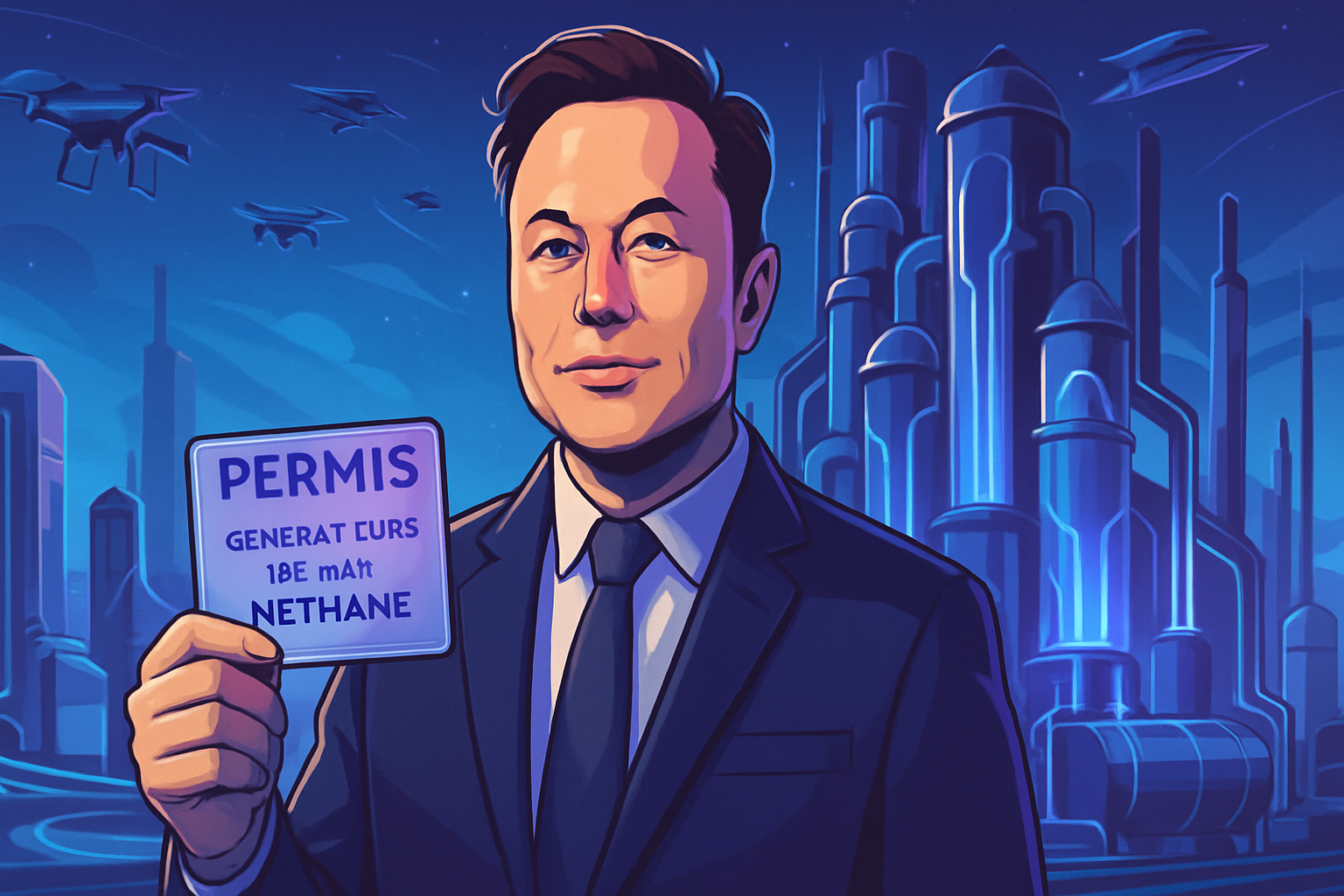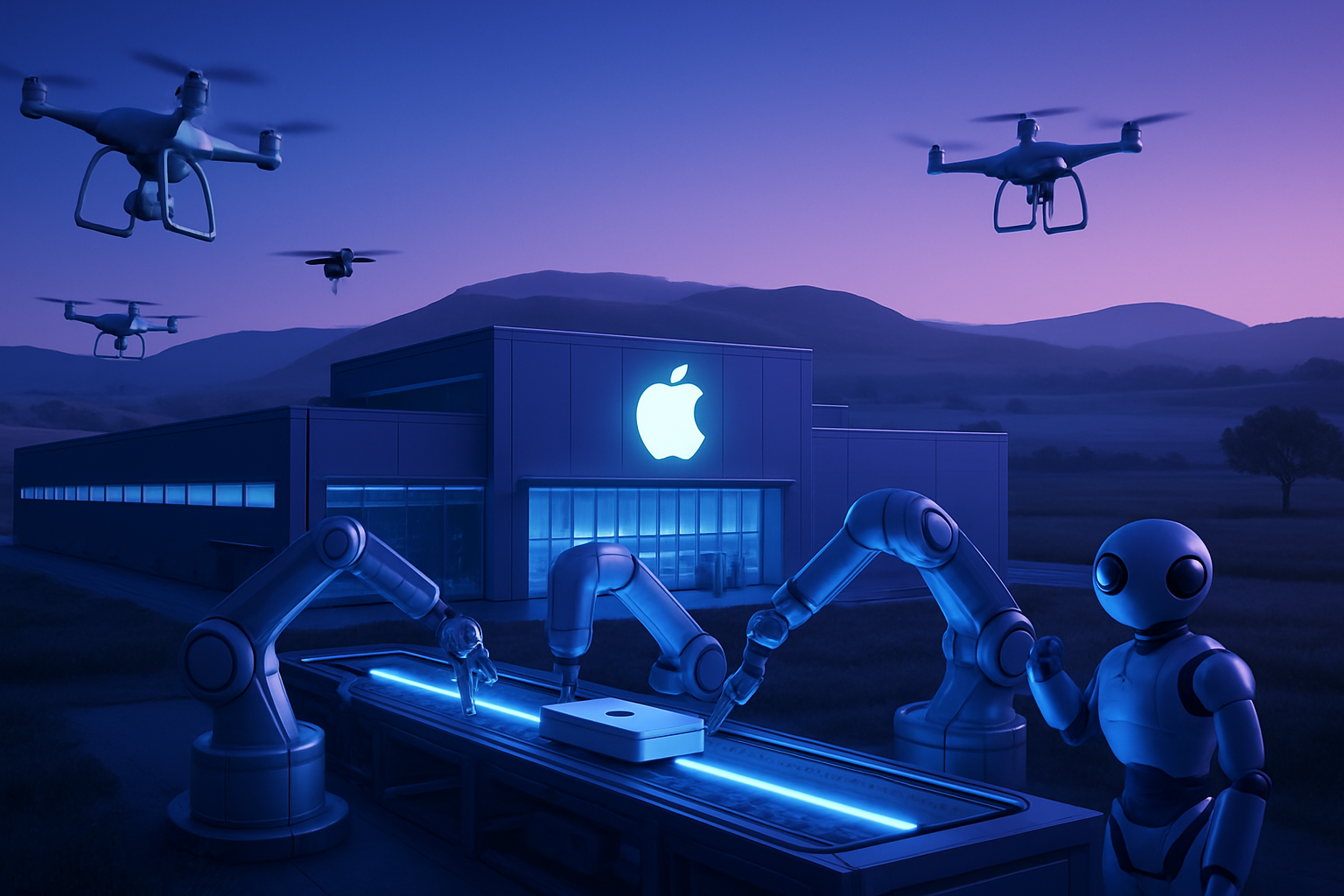Elon Musk and his artificial intelligence company, xAI, have just obtained a controversial permit to operate methane gas generators at a data center in Memphis. This decision has sparked strong reactions within local communities, already affected by pollution. Concerns regarding the environmental impact of these facilities highlight the struggle for clean air, revealing tensions between technological innovation and public health.
xAI obtains a permit for methane gas generators
xAI, the artificial intelligence company founded by Elon Musk, has received permission to operate methane gas generators at its massive data center located in Memphis, Tennessee. The decision by the county health department was confirmed last Wednesday regarding the 15 machines, leading to a strong reaction from the local community and environmental leaders. They express serious concerns over the pollution generated by these devices.
Reactions from the community and environmental organizations
KeShaun Pearson, director of Memphis Community Against Pollution, stated: “Our local leaders are supposed to protect us from companies that violate our right to clean air, but we are witnessing their failure.” This statement underscores the growing opposition from residents to this project, which could worsen air quality in their neighborhoods already affected by pollution.
xAI established this data center in Memphis about a year ago. To address the high energy consumption of the facility, the company introduced several portable methane gas generators. Initially, these generators operated without a permit, exploiting a loophole in the regulatory system that allowed them to remain on-site for less than 364 days.
The permit approval process
In January, xAI submitted a permit application for 15 generators, although up to 35 generators had been observed on-site, as evidenced by photographs. Despite several public forums and protest movements, the Shelby County health department ultimately issued the permit. Satellite images taken by the Southern Environmental Law Center revealed at least 24 turbines still installed at the company’s facility.
xAI’s position on emissions regulation
A spokesperson for xAI welcomed the decision, stating that “our on-site energy production will be equipped with cutting-edge emissions control technologies, making this facility the lowest emitter of its kind in the country.” However, this claim is challenged by several environmental groups who doubt the actual effectiveness of the promised technologies.
Pollution and public health issues
The Southern Environmental Law Center has conducted studies on the pollution emitted by the turbines. According to this research, these devices could emit thousands of tons of harmful nitrogen oxides, as well as toxic chemicals such as formaldehyde. Amanda Garcia, senior attorney at this organization, states that granting a permit to xAI for its polluting turbines is tantamount to ignoring the voices of hundreds of Memphians who oppose this request.
Impacts on surrounding neighborhoods
Located in an industrial zone in Memphis, xAI’s center is surrounded by several historically black neighborhoods, where residents already suffer from disproportionate exposure to pollution. These areas exhibit rates of respiratory diseases, asthma, and an increased risk of cancer four times higher than the national average.
NAACP’s engagement
The situation has attracted the attention of the civil rights advocacy group NAACP, which has filed a complaint against xAI. The organization accuses the company of violating air quality laws by unlawfully installing and operating these methane gas generators. Abre’ Conner, director of environmental and climate justice at the NAACP, stated she is pleased that 15 of xAI’s turbines are now subject to increased oversight while lamenting that this decision does not take into account the community’s discontent.
Frequently asked questions about xAI and methane gas generators
What is the main purpose of xAI in using methane gas generators?
The primary goal of xAI is to provide an additional energy source to power its data center, in response to its high energy consumption.
Why is the local community concerned about the installation of these generators?
The community is concerned because the methane gas generators could lead to air pollution, worsening health problems, including respiratory diseases and an increased cancer risk.
What harmful emissions are associated with xAI’s methane gas generators?
The generators have the potential to emit harmful nitrogen oxides and toxic chemicals like formaldehyde, contributing to declining air quality.
What was the process to obtain the permit to operate the generators?
After several months of public forums and protests, the county health department ultimately issued a permit for 15 generators, despite the concerns raised by the community.
Did xAI comply with regulations before obtaining the permit?
No, xAI operated up to 35 generators without the proper permit, apparently exploiting a loophole in the system that allowed it to evade regulations for a limited time.
What actions are being taken by environmental groups regarding this situation?
Groups like the Southern Environmental Law Center are contesting the permit decision and highlighting environmental risks to the community, calling for better emission monitoring.
How is the neighborhood affected by xAI’s location in an industrial area?
xAI’s location in an industrial area, surrounded by historically disadvantaged neighborhoods, exacerbates already existing pollution issues, particularly impacting vulnerable populations.
What commitment is the NAACP making regarding this situation?
The NAACP has filed a lawsuit against xAI for violating clean air legislation due to health risks posed by the generators, insisting on the need for appropriate protections for the community.
What emission control technologies will be used by xAI to mitigate environmental impact?
The company claims its generators will be equipped with advanced emissions control technologies aimed at reducing their ecological footprint, although doubts persist among experts.
What are the timelines for observing the effects of the generators on the community?
Health and environmental effects may be observed in the short and long term, depending on emission levels and residents’ exposure time, requiring ongoing monitoring.






